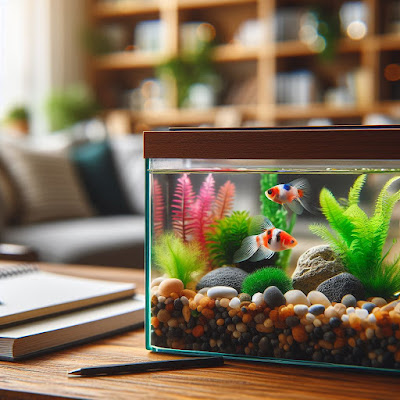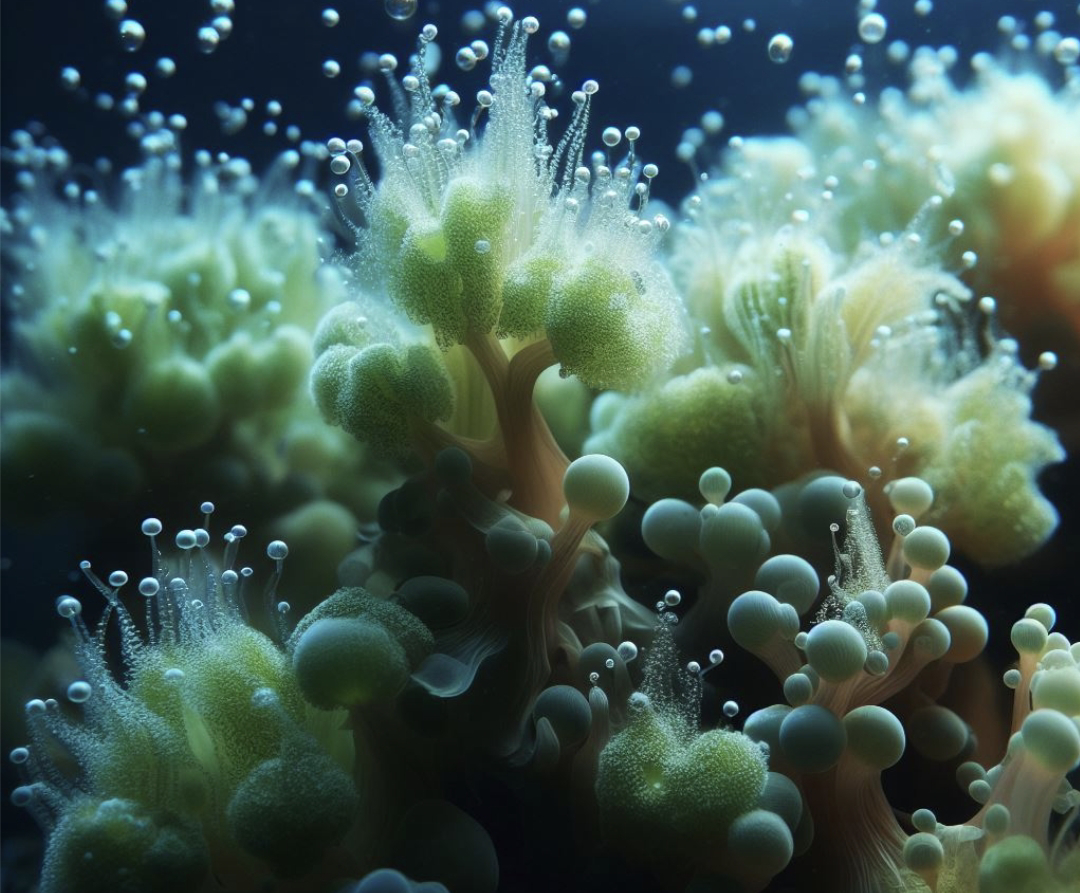Testing the Waters: The Key to Thriving Aquariums
For aquarium enthusiasts, the mesmerizing world of underwater ecosystems can be both a hobby and a passion. As caretakers of this miniature aquatic universe, we are entrusted with the well-being of the delicate life within. One crucial aspect of maintaining a thriving aquarium is regularly measuring water parameters. In this article, we'll delve into the importance of this practice and discuss how often you should test your aquarium's water.
Why Measuring Water Parameters Matters
Water Quality Assurance: Ensuring the water in your aquarium is of high quality is paramount. It directly impacts the health and vitality of your aquatic residents. Regular testing helps identify issues such as ammonia, nitrite, nitrate, pH levels, and salinity, enabling you to address them promptly.
Early Problem Detection: Many problems in an aquarium can be subtle at first. By the time visible signs of distress appear in your fish or coral, the issue may have already progressed significantly. Consistent testing helps catch problems early, preventing potential disasters.
Optimal Growth Conditions: Different aquatic species have specific requirements for parameters like pH, temperature, and salinity. Measuring these parameters ensures you provide the best possible environment for your aquatic friends to thrive.
How Often Should You Test?
The frequency of water parameter testing depends on various factors, including your aquarium's maturity, the type of inhabitants, and past water quality issues. However, here's a general guideline:
Cycling Phase: During the initial cycling phase of a new aquarium, it's advisable to test the water every other day. This helps monitor the establishment of beneficial bacteria and ensures ammonia and nitrite levels are under control.
Established Aquarium: Once your aquarium is established and stable, you can transition to weekly testing for parameters like pH, ammonia, nitrite, and nitrate.
Species-Specific Monitoring: Certain species, like marine coral, may require daily pH monitoring. Research your inhabitants' specific needs and adjust your testing frequency accordingly.
After Significant Changes: Whenever you make significant changes to your aquarium, such as adding new livestock, adjusting the lighting, or introducing new equipment, it's wise to test the water to ensure these changes haven't disrupted the equilibrium.
Emergency Situations: In emergencies, like sudden illness among your fish, an unexplained death, or unusual behavior, immediate testing can help pinpoint and address the problem.
Maintaining Consistency
To ensure accurate results, it's essential to maintain consistency in your testing routine. Use high-quality test kits and calibrate them as needed. Always follow the manufacturer's instructions meticulously.
Measuring water parameters is a fundamental aspect of aquarium maintenance. It empowers you to provide your aquatic residents with the best possible living conditions and ensures their health and well-being. By following a consistent testing schedule and staying attuned to your aquarium's needs, you'll enjoy a thriving and captivating underwater world.









.png)
